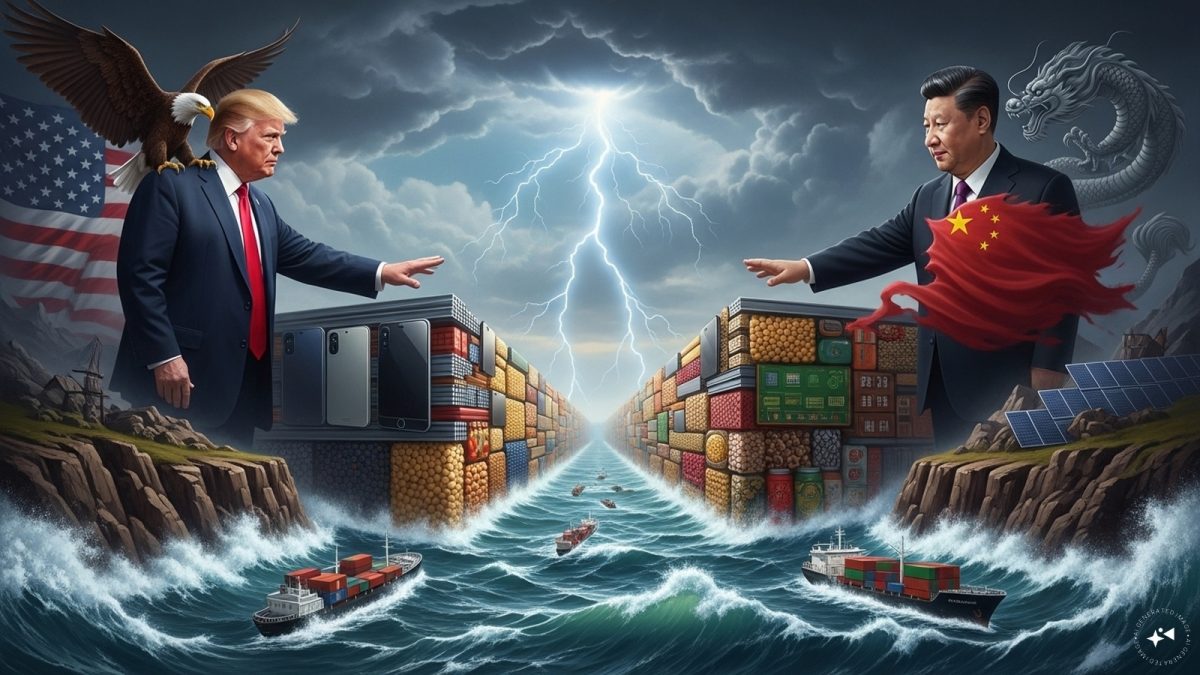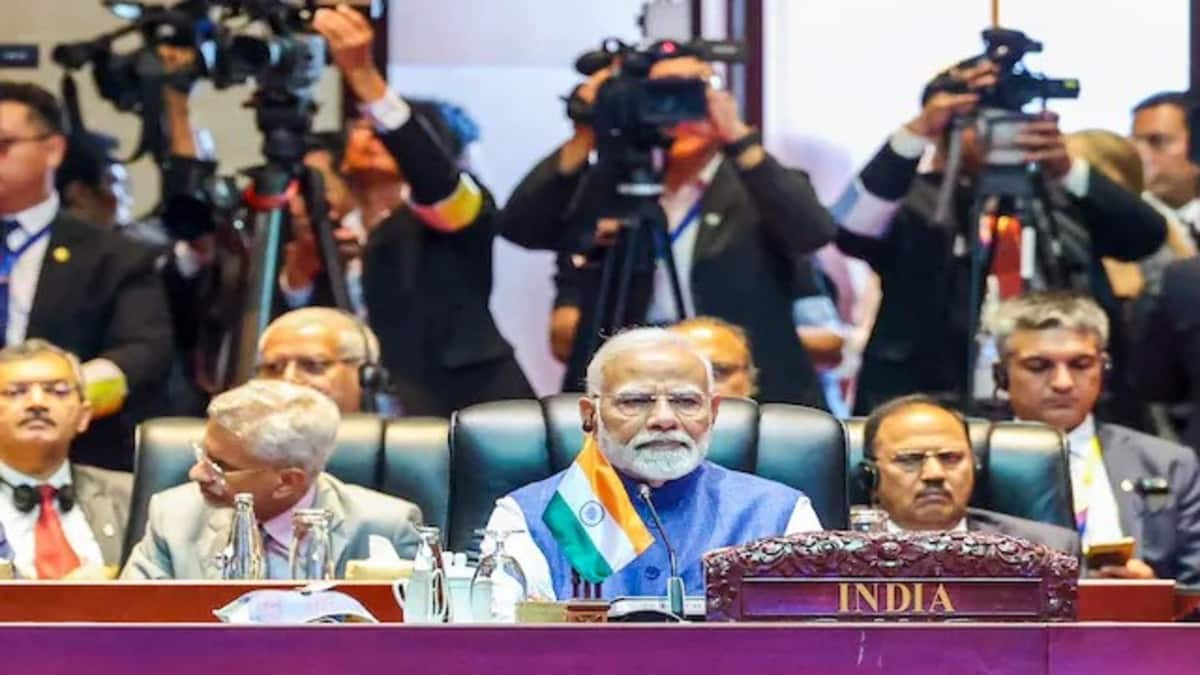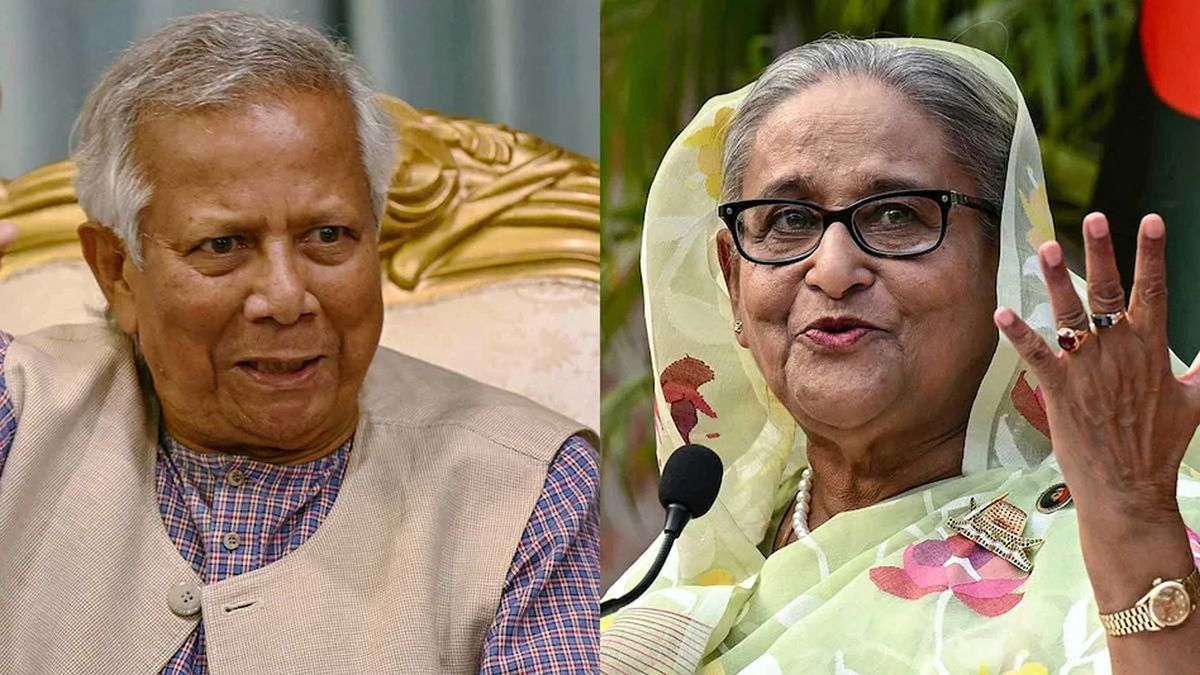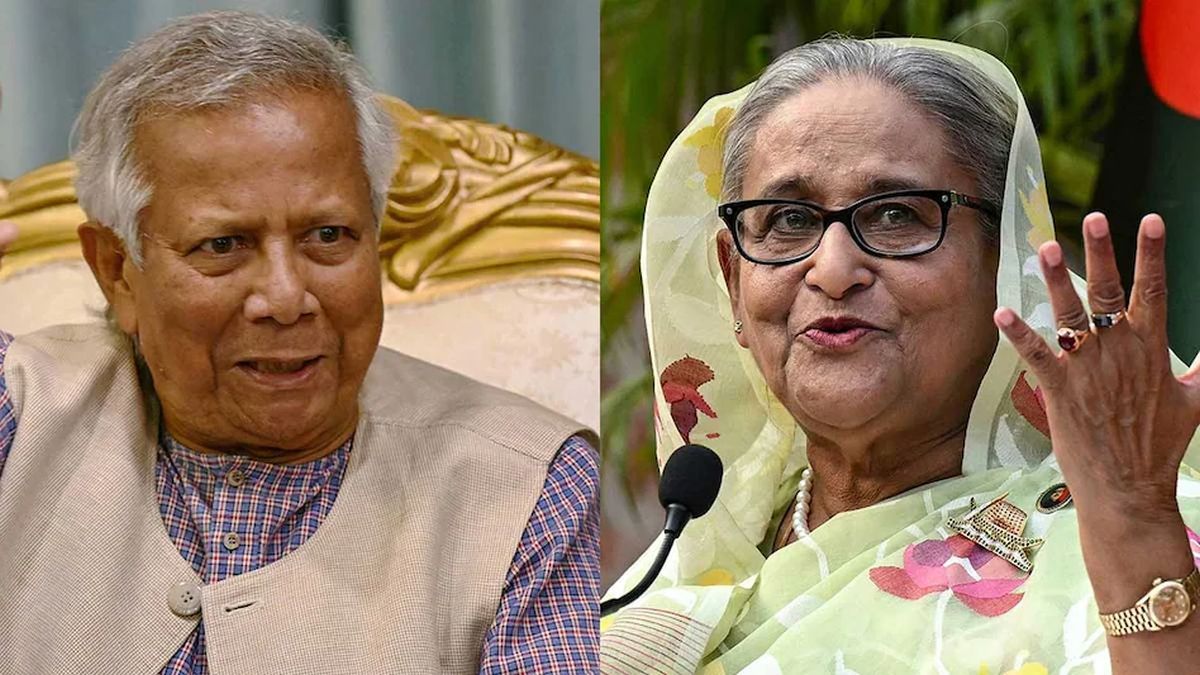Hours after he was denied the Nobel Peace prize, US President Donald Trump dropped a trade bomb on Beijing. For months, Trump had avoided “punishing” China with steep tariffs for buying Russian oil. China was slapped with 30 per cent tariffs, India with 50 per cent.
That changed on October 10. The 100 per cent tariff imposed on all Chinese exports to the US from November 1 comes on top of the 30 per cent tariff already in place.
This, in effect, puts an embargo on Chinese exports to the world’s largest economy. What triggered Trump’s sudden action? The immediate provocation was a hardening of China’s ban on the export of critical rare earth minerals to the US.
The festering wound is China’s refusal to buy soyabeans from US farmers. This has driven American farmers, who depend on China buying over 50 per cent of their crop, to near bankruptcy.
Along with 100 per cent tariffs on Chinese exports, an enraged Trump has banned the export of critical software to China. A meeting between President Trump and Chinese President Xi Jinping was expected on the sidelines of the ASEAN Summit on October 26 in Malaysia. That is unlikely to happen unless Trump backs off on his 100 per cent tariff threat.
For its part, China has raised the ante in recent days. Apart from expanding the list of rare earth mineral exports that need elaborate end-use certification, Beijing says it will levy new port fees to all ships associated with the US. That, in economic terms, is a declaration of war.
Impact Shorts
More ShortsWhat is worrying the powerful US defence establishment is that this is the first time China has targeted the US military. The new Chinese rules target US defence manufacturers, a red flag for Trump and the Pentagon.
Since neither the new Chinese measures nor the retaliatory 100 per cent US tariffs go into effect till November, they could be part of hardball bargaining tactics between Washington and Beijing. Trump has said, notwithstanding the intensifying US-China trade war, he will attend the ASEAN summit in Kuala Lumpur on October 26. Xi has not yet decided his schedule and may not attend, ruling out a possible Trump-Xi meeting.
Indian Prime Minister Narendra Modi, however, is scheduled to attend. A Modi-Trump meeting on the sidelines of the summit is likely. Sergio Gor, the US ambassador-designate to India, called on Modi with a special message from Trump. Gor is on an extended six-day visit to India preparing himself for his critical role in rebuilding the India-US relationship.
The re-ignited US-China trade war has both positives and negatives for India. Unless negotiations between China and the US succeed before the November 1 deadline, China will have to find alternative markets for its exports of $525 billion (in calendar 2024) to the US. The 30 per cent tariff on Chinese exports that kicked in earlier this year has already led to a decline of 15 per cent in Chinese exports to the US.
The effective new embargo on US exports means China will be forced to sell large quantities of merchandise to alternative markets at heavily discounted rates. That will hit domestic manufacturers across the world, including in Asia. India too is vulnerable to Chinese dumping though it can control imports with special levies.
The upside for India is that oil prices have sunk after Trump’s 100 per cent tariff announcement. India imports nearly 5 million barrels per day (mbd) of crude oil. A fall of $10 per barrel translates into a saving of $50 million (Rs. 440 crore) per day or $18 billion (Rs. 1.62 lakh crore) per year.
Equally important, with Chinese merchandise exports effectively banned from the US, the demand for alternative goods will rise. India, despite the 50 per cent tariff, could be one of the beneficiaries.
In a geopolitically fractured world, India must play its cards deftly. The Russia-Ukraine war remains Washington’s main pain point with India. Trade negotiations between US and Indian officials have floundered on access to Indian agriculture but the real irritant is India’s refusal to stop buying Russian crude.
Having secured an Israel-Hamas ceasefire, Trump will now turn his attention to Russia-Ukraine. So far the US has not imposed direct sanctions on Russian oil. It has instead placed secondary sanctions on China and India for buying Russian oil.
Ukraine’s drone attacks on Russian oil refineries have, however, cut Russian refined exports by up to 20 per cent. Will that drive Russian President Vladimir Putin to the negotiating table?
The Russian army has made little headway on the ground over the past year. The frontline remains largely frozen. Russia is focusing its attacks on Ukraine’s power grid as winter sets in. But new weapons from NATO have strengthened Ukraine’s resolve and made the war increasingly damaging for Moscow.
If it is looking for a face-saving exit ramp, Trump could provide Putin one. At their last meeting in Alaska, Putin told Trump as they completed their prepared statements from the podium — but declined to take questions from the assembled media — that their next meeting could be in Moscow.
Perhaps the time for that Moscow meeting has arrived. An end to the Russia-Ukraine conflict would remove the last irritant in the India-US relationship. With a new ambassador about to take charge at the US embassy in New Delhi, the Modi-Trump meeting in Malaysia on October 26, if it happens, could deliver critical forward momentum.
The writer is an editor, author and publisher. Views expressed in the above piece are personal and solely those of the author. They do not necessarily reflect Firstpost’s views.


)

)
)
)
)
)
)
)
)



